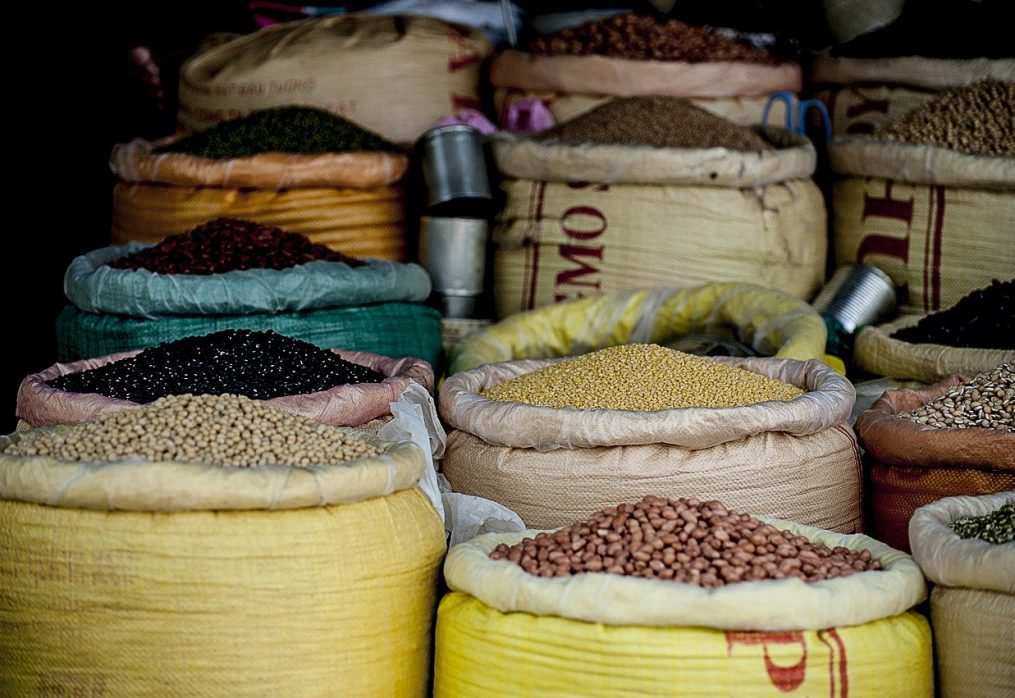Prices for grains and pulses will continue to rise
How the prices of grains and pulses will behave: forecast
Last year the agricultural market suffered a serious shock. The surge in demand from China caused the prices of grains and pulses to increase several times. This trend is continuing now, and analyst Chaslau Koniukh predict that the rise in prices will continue over the next few years.
The reason for such a prolonged rush is not only the demand for the products by Chinese farmers. Grain crops are used to produce biofuel, and with the implementation of the environmental strategy the interest in transport, which runs on alternative fuels and electric traction, is increasing.
Experts note that the agricultural segment is on the verge of a mini-supercycle, which will entail an increase in the cost of production. The biggest rise is expected in corn, wheat and soybeans, and it will last for 3-4 years.
At the same time, in the commodity market the cost of grains and pulses went down after a long stay at the highs. The decline is due to a weakening dollar as well as an unfavorable weather forecast for the U.S. Midwest. Corn futures are at $6.6 a bushel, double last year’s high. Over the same period, soybeans rose 65% in the scene to $14.3 a bushel. Wheat rose 30% to $6.5. These dynamics indicate the onset of a mini-supercycle. The world population is growing, the welfare of people is increasing, and with it, consumption. In addition, the demand for grain for biofuel production is increasing, and the trend will continue for a long time. Farmers, who had suffered financial losses the previous few years due to falling grain prices, are benefiting from the rising cost of production. However, the negative side of the new cycle for the market is higher prices for imported products, which will be especially painful for poor countries that have not yet recovered from the effects of the pandemic. Globally, higher food prices are to be expected.
Farmers, who had suffered financial losses the previous few years due to falling grain prices, are benefiting from the rising cost of production. However, the negative side of the new cycle for the market is higher prices for imported products, which will be especially painful for poor countries that have not yet recovered from the effects of the pandemic. Globally, higher food prices are to be expected.
The cost of grains and soybeans rose sharply in the second half of 2020 as stocks began to build. China had a low corn crop and to replenish reserves, the country bought a record 11.3 million tons of the crop. More than 30% of that was exported from the U.S., where production was extremely high.
Soybeans and soybean oil are used to make biofuels. Now there is a record demand for this crop from producers. And according to experts, such dynamics will continue for a long time, which means the cost of soybeans will not decrease.
